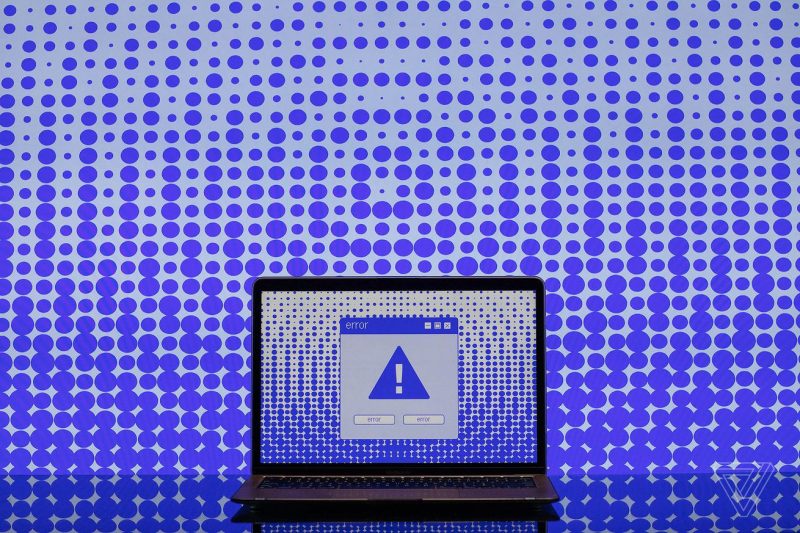In today’s interconnected world, ensuring the security of our devices and networks is paramount. Recently, a serious Wi-Fi vulnerability has been identified that could potentially compromise the security of Windows PCs. This vulnerability emphasizes the need to proactively update and protect our devices to prevent unauthorized access and data breaches.
The identified vulnerability in Windows PCs relates to the Wi-Fi Protected Access 3 (WPA3) protocol, which is designed to secure wireless networks. Cybersecurity researchers have discovered a flaw in the implementation of Dragonblood, a key exchange mechanism in WPA3, that could allow attackers to intercept sensitive information such as passwords and personal data transmitted over Wi-Fi networks.
To mitigate the risk posed by this vulnerability, it is essential for Windows PC users to update their devices with the latest security patches and fixes provided by Microsoft. These updates are designed to address known vulnerabilities and strengthen the security measures of the operating system, including the Wi-Fi protocols.
Updating your Windows PC is a simple and crucial step in safeguarding your data and privacy from potential threats. By regularly checking for and installing updates, you ensure that your device is equipped with the latest security defenses to thwart cyber attacks and unauthorized access attempts.
In addition to updating your Windows PC, it is also advisable to implement best practices for securing your Wi-Fi network. This includes using strong and unique passwords, enabling encryption such as WPA3, and disabling remote management features that could be exploited by attackers.
In conclusion, the recently discovered Wi-Fi vulnerability in Windows PCs serves as a reminder of the ever-evolving threat landscape that we must navigate in the digital age. By staying informed about security risks, promptly updating our devices, and following recommended security practices, we can minimize the potential impact of cyber threats and enhance the resilience of our digital infrastructure. Remember, when it comes to cybersecurity, prevention is always better than cure.


































